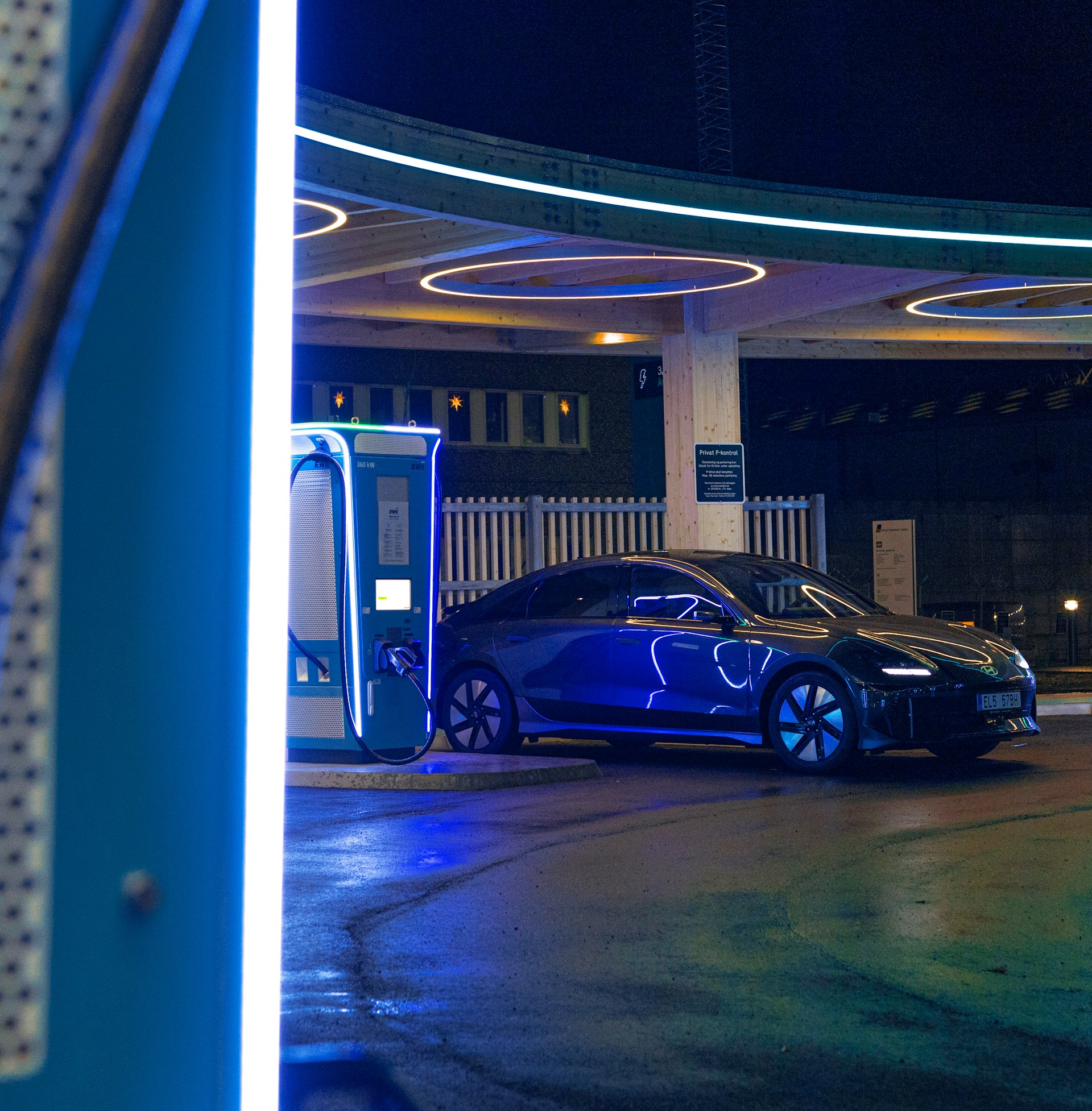New EV Charging Innovations: How Tesla and BYD Are Leading 2024
In 2024, the electric vehicle (EV) industry is poised for another leap forward, with Tesla and BYD leading the charge in innovative EV charging solutions. According to BloombergNEF, global EV sales are projected to reach 14 million units by the end of the year, a testament to the growing demand for sustainable transportation. Central to this growth is the evolution of EV charging technology, which not only promises faster charging times but also seeks to make EVs more accessible and convenient than ever before. This article will delve into how Tesla and BYD are spearheading these advancements, highlighting what sets them apart and what you, as an EV enthusiast or potential buyer, should know.
How Tesla is Revolutionizing EV Charging
Tesla’s Supercharger Network Expansion
Tesla’s Supercharger network has been a game-changer since its inception, and in 2024, it continues to expand rapidly. With over 40,000 Supercharger stalls worldwide, Tesla plans to increase this number by 30% by the end of the year. The company’s strategy involves not only increasing the number of chargers but also enhancing their capabilities. The latest V4 Superchargers, for instance, offer peak charging rates of up to 350 kW, significantly reducing the time it takes to recharge a vehicle.
The Magic Dock: Universal Charging Solution
In a bid to make EV charging more universal, Tesla introduced the Magic Dock, a feature that allows non-Tesla EVs to charge at Tesla Superchargers. This innovation is crucial in markets like Europe and North America, where charging infrastructure compatibility can be a barrier to EV adoption. By 2024, Tesla aims to equip 80% of its Supercharger stations with Magic Docks, fostering a more inclusive charging ecosystem.
Solar-Powered Charging Stations
Sustainability is at the heart of Tesla’s mission, and this extends to its charging infrastructure. Tesla is integrating solar panels and energy storage at more charging locations, reducing reliance on grid electricity and enhancing the sustainability of its network. By the end of 2024, Tesla plans to have 25% of its Supercharger stations powered by renewable energy, a move that will significantly reduce the carbon footprint of EV charging.
BYD: Pioneering Innovations in Charging Technology
Ultra-Fast Charging Technology
BYD, China’s largest EV manufacturer, is making waves with its ultra-fast charging technology. The company’s Blade Battery, which powers models like the BYD Han, supports charging rates of up to 800 volts. This allows a 10-minute charge to add approximately 150 miles of range, making EVs more practical for long-distance travel. BYD plans to roll out more charging stations equipped with this technology across Asia and Europe in 2024.
Bidirectional Charging Capabilities
Bidirectional charging is another area where BYD is leading. This technology allows vehicles to not only draw power from the grid but also return energy back, supporting grid stability and enabling vehicle-to-home (V2H) and vehicle-to-grid (V2G) applications. As energy independence becomes a priority for many, BYD’s bidirectional charging capabilities provide added value to EV ownership.
Affordable and Accessible Charging Solutions
BYD is committed to making EV charging affordable and accessible. The company is investing in expanding its charging infrastructure in emerging markets where EV adoption has been slower. By partnering with local governments and businesses, BYD aims to install 10,000 charging points by the end of 2024, making EVs a viable option for a broader audience.
How to Choose Your First Electric Car: A Charging Perspective
Key Factors to Consider
- Charging Speed: Consider the charging rate of the vehicle and the availability of compatible fast chargers.
- Infrastructure Availability: Evaluate the density and accessibility of charging stations in your area.
- Battery Range: Look for models that offer a balance between range and charging time.
- Cost of Charging: Analyze the cost implications of charging at home versus public stations.
Top Recommendations for 2024
- Tesla Model 3: With access to the extensive Supercharger network, it offers excellent range and fast charging capabilities.
- BYD Han: Known for its ultra-fast charging and long range, it is ideal for long-distance commuters.
- Hyundai Ioniq 5: Offers fast charging and is compatible with the Magic Dock for Tesla Superchargers.
Best EVs of the Year: A Charging Efficiency Comparison
| Model | Peak Charging Rate | Range (Miles) | Charging Time (20-80%) |
|---|---|---|---|
| Tesla Model S | 250 kW | 396 | 15 minutes |
| BYD Han | 200 kW | 376 | 18 minutes |
| Porsche Taycan | 270 kW | 238 | 22 minutes |
Conclusion: The Future of EV Charging
As we move through 2024, Tesla and BYD are setting the pace in EV charging innovations, enhancing the appeal and practicality of electric vehicles. With faster, more accessible, and environmentally friendly solutions, these leaders are not just meeting the demands of today but are paving the way for the future of mobility. Whether you’re an early adopter or just considering making the switch to electric, staying informed about these advancements will help you make the best choices for your needs.
Are you ready to join the electric revolution? Explore the latest models and charging technologies, and find the perfect EV for your lifestyle. With the rapid advancements in EV infrastructure, the future of sustainable transportation has never looked so promising.

